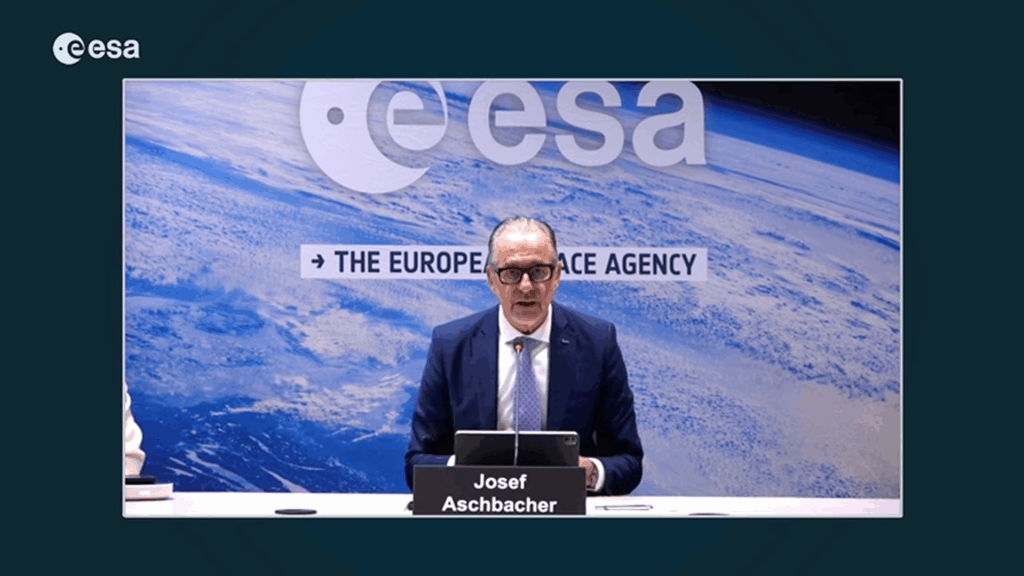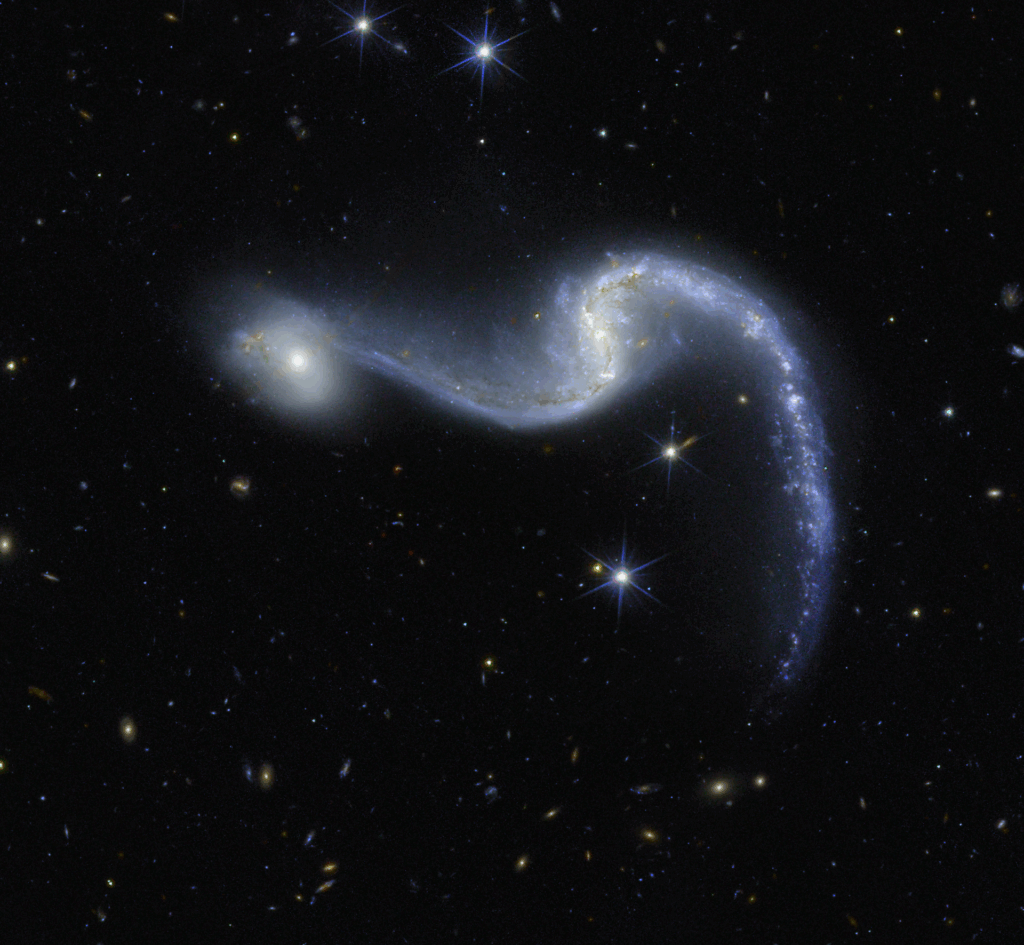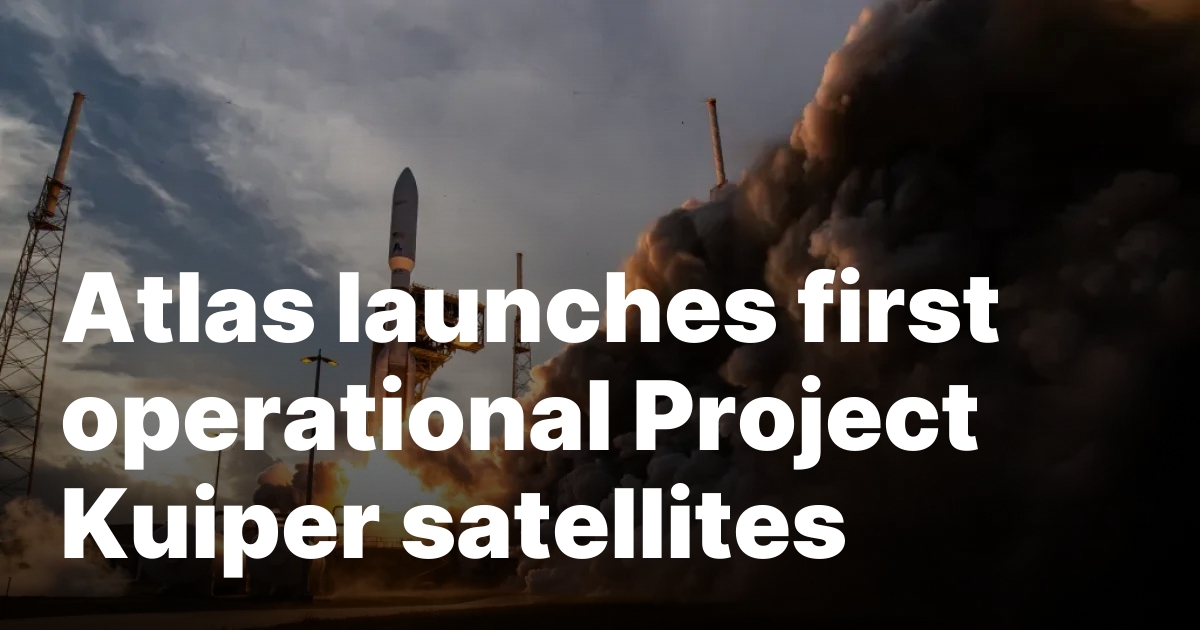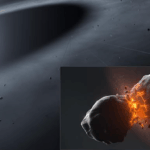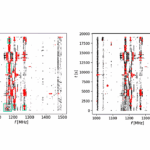Now Reading: Biomass launched to count forest carbon
-
01
Biomass launched to count forest carbon
Biomass launched to count forest carbon
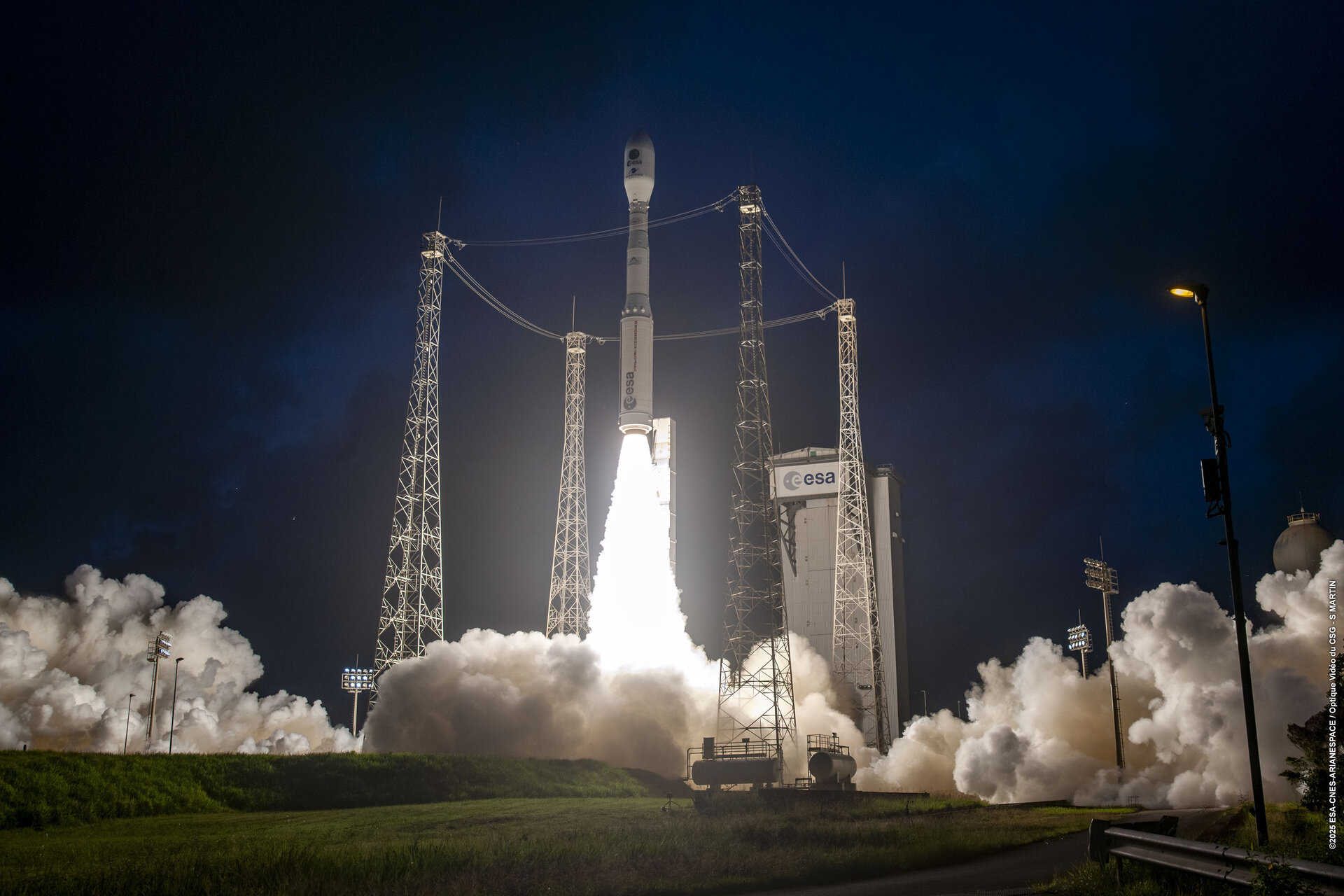

29/04/2025
2302 views
23 likes
ESA’s groundbreaking Biomass satellite, designed to provide unprecedented insights into the world’s forests and their crucial role in Earth’s carbon cycle, has been launched. The satellite lifted off aboard a Vega-C rocket from Europe’s Spaceport in Kourou, French Guiana, on 29 April at 11:15 CEST (06:15 local time).
Less than an hour after launch, Biomass separated from the rocket’s upper stage. At 12:28 CEST, the satellite controllers at ESA’s European Space Operations Centre in Germany received the all-important first signal, relayed via the Troll ground station in Antarctica, that Biomass is working as expected in orbit.
Controllers will spend the coming days carrying out the ‘launch and early orbit’ phase, meticulously verifying that all systems are functioning correctly.
This critical phase also involves a series of intricate manoeuvres to deploy the satellite’s 12-metre-wide mesh reflector supported by a 7.5-metre boom. Once this phase is complete, Biomass will join the portfolio of pioneering missions operated from ESA’s mission control centre.
Carrying the first P-band synthetic aperture radar in space, the Biomass mission is designed to deliver crucial information about the state of our forests and how they are changing, and to further our knowledge of the role forests play in the carbon cycle.
ESA’s Director of Earth Observation Programmes, Simonetta Cheli, said, “I’d like to extend my congratulations to everyone who has been involved in developing and launching this extraordinary mission. Biomass now joins our esteemed family of Earth Explorers – missions that have consistently delivered groundbreaking discoveries and advanced scientific understanding of our planet.
“With Biomass, we are poised to gain vital new data on how much carbon is stored in the world’s forests, helping to fill key gaps in our knowledge of the carbon cycle and, ultimately, Earth’s climate system.”
Forests play a vital role in Earth’s carbon cycle by absorbing and storing large amounts of carbon dioxide, helping to regulate the planet’s temperature. Often called ‘Earth’s green lungs’, they absorb around 8 billion tonnes of carbon dioxide annually. However, deforestation and degradation – especially in tropical regions – are releasing stored carbon back into the atmosphere, worsening climate change.
A major challenge for scientists and policymakers is the lack of accurate data on how much carbon forests store and how these stocks are changing owing to factors such as rising temperatures, increasing atmospheric carbon dioxide levels, and human-driven land-use changes.
Biomass is the first satellite equipped with a P-band synthetic aperture radar, which is capable of penetrating forest canopies to measure woody biomass – trunks, branches, and stems – where most forest carbon is stored. These measurements act as a proxy for carbon storage, the assessment of which is the mission’s primary goal.
Data from Biomass will significantly reduce uncertainties in carbon stock and flux estimates, including those related to land-use change, forest loss, and regrowth.
About Biomass
ESA’s Biomass forest mission uses advanced space technology to provide new data on forests and their changes. It enhances our understanding of forests’ roles in the carbon cycle and climate. Its P-band radar penetrates clouds and forest layers, scattering signals off forest elements. These signals reveal details like forest biomass and height. Biomass data will improve knowledge of habitat loss and its effects on biodiversity. The mission also enables the mapping of subsurface geology in deserts, ice sheet structures, and forest floor topography.
The satellite was developed by over 50 companies led by Airbus UK.
About Vega-C
Europe’s Vega-C rocket can launch up to 3300 kg into space, including small scientific and Earth observation satellites. At 35 m tall, Vega-C weighs 210 tonnes on the launch pad and reaches orbit with three solid-propellant-powered stages before the fourth liquid-propellant stage takes over for precise placement of satellites into their desired orbit around Earth. Vega-C is the evolution of the Vega family of rockets and delivers increased performance, greater payload volume and improved competitiveness.
Stay Informed With the Latest & Most Important News
Previous Post
Next Post
-
 01From Polymerization-Enabled Folding and Assembly to Chemical Evolution: Key Processes for Emergence of Functional Polymers in the Origin of Life
01From Polymerization-Enabled Folding and Assembly to Chemical Evolution: Key Processes for Emergence of Functional Polymers in the Origin of Life -
 02Panasonic Leica Summilux DG 15mm f/1.7 ASPH review
02Panasonic Leica Summilux DG 15mm f/1.7 ASPH review -
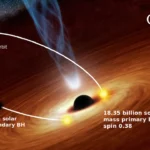 03Two Black Holes Observed Circling Each Other for the First Time
03Two Black Holes Observed Circling Each Other for the First Time -
 04How New NASA, India Earth Satellite NISAR Will See Earth
04How New NASA, India Earth Satellite NISAR Will See Earth -
 05And Thus Begins A New Year For Life On Earth
05And Thus Begins A New Year For Life On Earth -
 06Astronomy Activation Ambassadors: A New Era
06Astronomy Activation Ambassadors: A New Era -
07SpaceX launch surge helps set new global launch record in 2024













